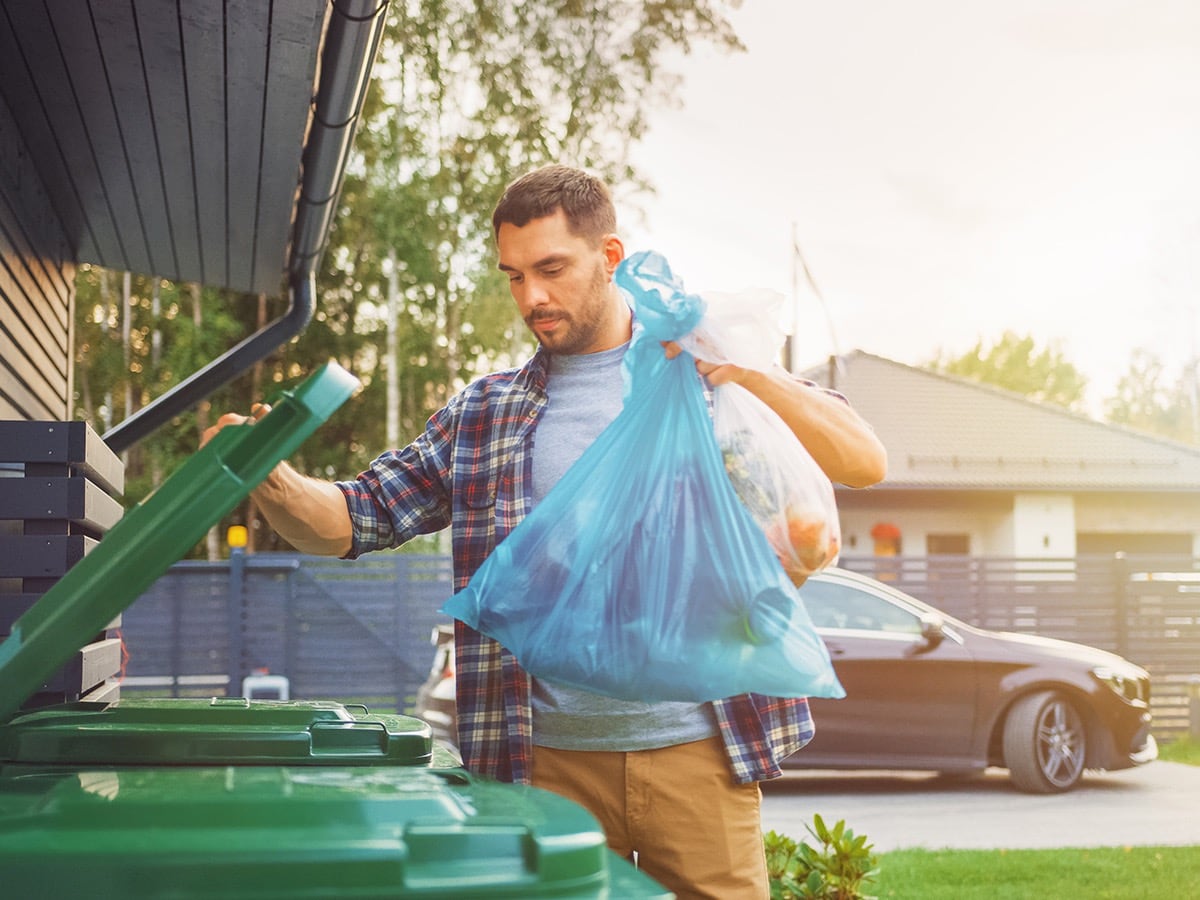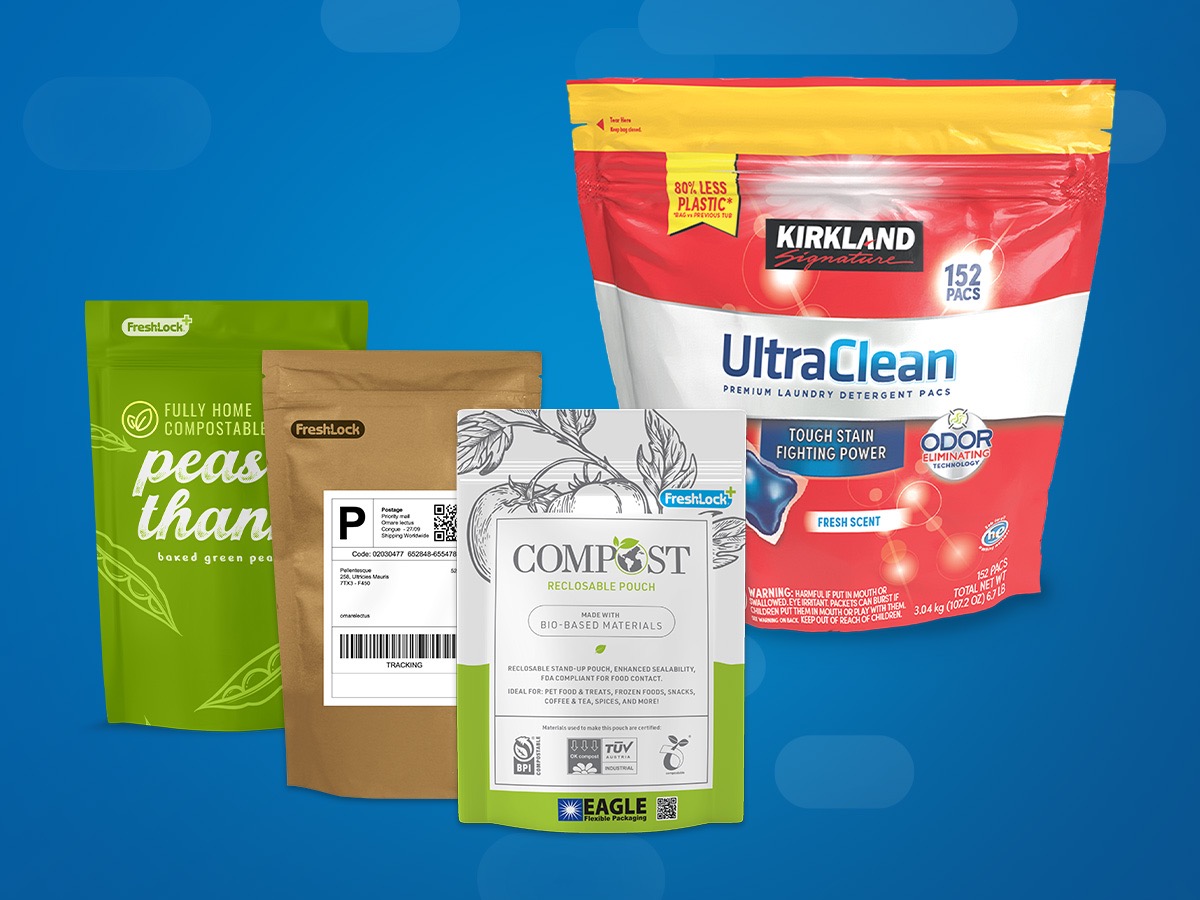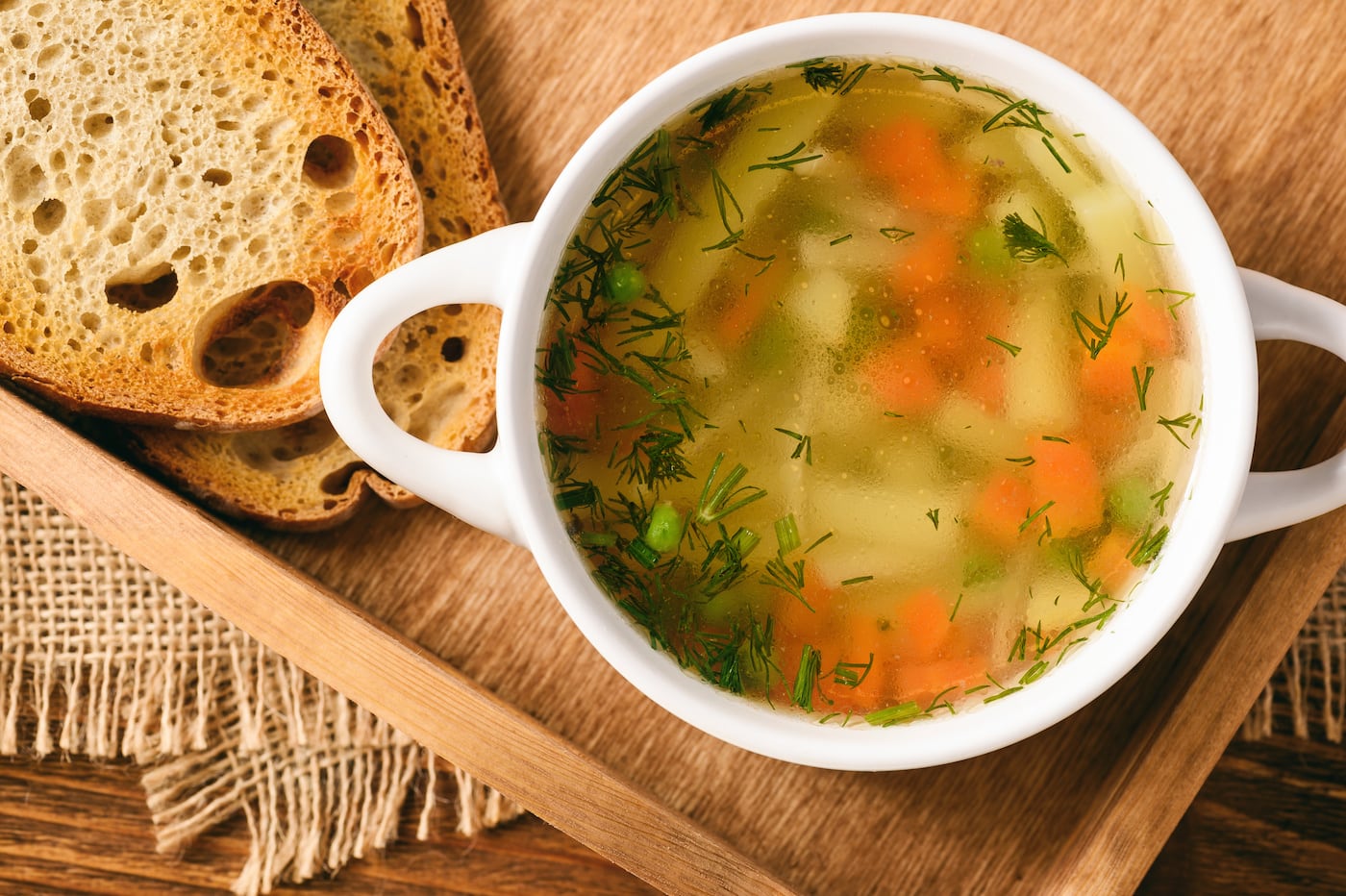
PCR Materials Pave the Way for More Eco-Friendly Packaging
Over the last few decades, sustainability has emerged as a key driver of change across various industries, reshaping the way consumer-packaged goods (CPG) brands approach their operations, packaging, and products. Within the packaging sector, this outcry for sustainable solutions has been particularly strong, with brand managers and packaging engineers actively seeking ways to incorporate or enhance their sustainability practices. While recyclability has long dominated the conversation when it comes to sustainable packaging, the adoption of post-consumer recycled (PCR) materials represents a significant leap forward in advancing the industry’s eco-friendly options.
Understanding Post-Consumer Recycled Materials
Recycling packaging materials is widely recognized as an essential practice in reducing both consumers’ and brands’ environmental impact. By diverting waste from landfills and incinerators, recycling helps conserve resources and reduce pollution. The introduction of PCR materials to the flexible packaging industry helps take the positive impact of recycling one step further. PCR materials refer to the materials that have already served their intended purpose as a consumer item and have been recycled for use in new products, including packaging
Post-Consumer vs Pre-Consumer Recycled Materials
Post-consumer recycled materials are different from pre-consumer recycled materials. While both types contribute to sustainability efforts, pre-consumer recycled materials involve the materials that never make it to a consumer—most typically manufacturing waste such as rejects, scraps, and trimmings.
While both sources of recycled materials are valuable, post-consumer recycled materials hold unique significance because consumer waste typically has a higher chance of ending up in a landfill than pre-consumer waste. This is because manufacturers have a lot of initiatives in place to reuse and repurpose their scrap materials, not only to be more environmentally conscious, but also to be more cost-effective.
The Environmental Benefits of PCR Packaging
The Waste Management Hierarchy ranks waste management strategies from most to least environmentally preferred, placing an emphasis on reducing, reusing, recycling, and composting. While all methods work toward the greater goal of sustainability, they each have a different purpose in supporting circularity. PCR packaging materials align with multiple tiers of the hierarchy, making them a highly sustainable option.
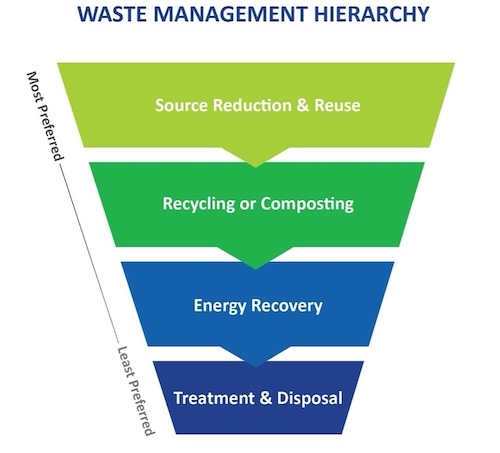
By incorporating PCR materials into flexible packaging solutions, brands can achieve several environmental benefits. First, the use of PCR reduces the need for virgin materials, conserving natural resources and reducing the energy consumption associated with extraction and processing. This means that brands opting for PCR packaging can benefit from lower greenhouse gases compared to recyclable packaging made from virgin materials. PCR materials also inherently facilitate the reuse of materials that have already served their initial purpose and, depending on their condition, many PCR packages can be recycled again, further extending their lifecycle and promoting circularity within the packaging supply chain.
Innovations in PCR Closures for Flexible Packages
As a leading manufacturer of recyclable closures for over 30 years, we’re excited to take our closures to the next level by introducing PCR materials. Recent updates to Style 8113 and our award-winning Child-Guard® Track and Slider technology exemplify our commitment to integrating PCR materials into flexible packaging. These two closures are now available with at least 25% PCR materials, specifically in the Child-Guard® track, and we aim to further increase this percentage while maintaining the performance expectations in the near future.
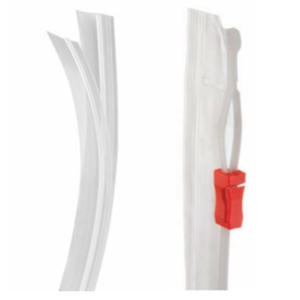
The Future of PCR Packaging
As consumer awareness of environmental issues continues to grow, the demand for sustainable packaging solutions will rise. PCR materials offer a promising avenue for meeting this demand. Moving forward, continued innovation and collaboration across the packaging industry will be essential in maximizing the potential of PCR materials and driving meaningful progress toward a more sustainable future. To learn more about increasing PCR materials in your reclosable pouches, contact the Fresh-Lock team today.

 Back to Blog
Back to Blog